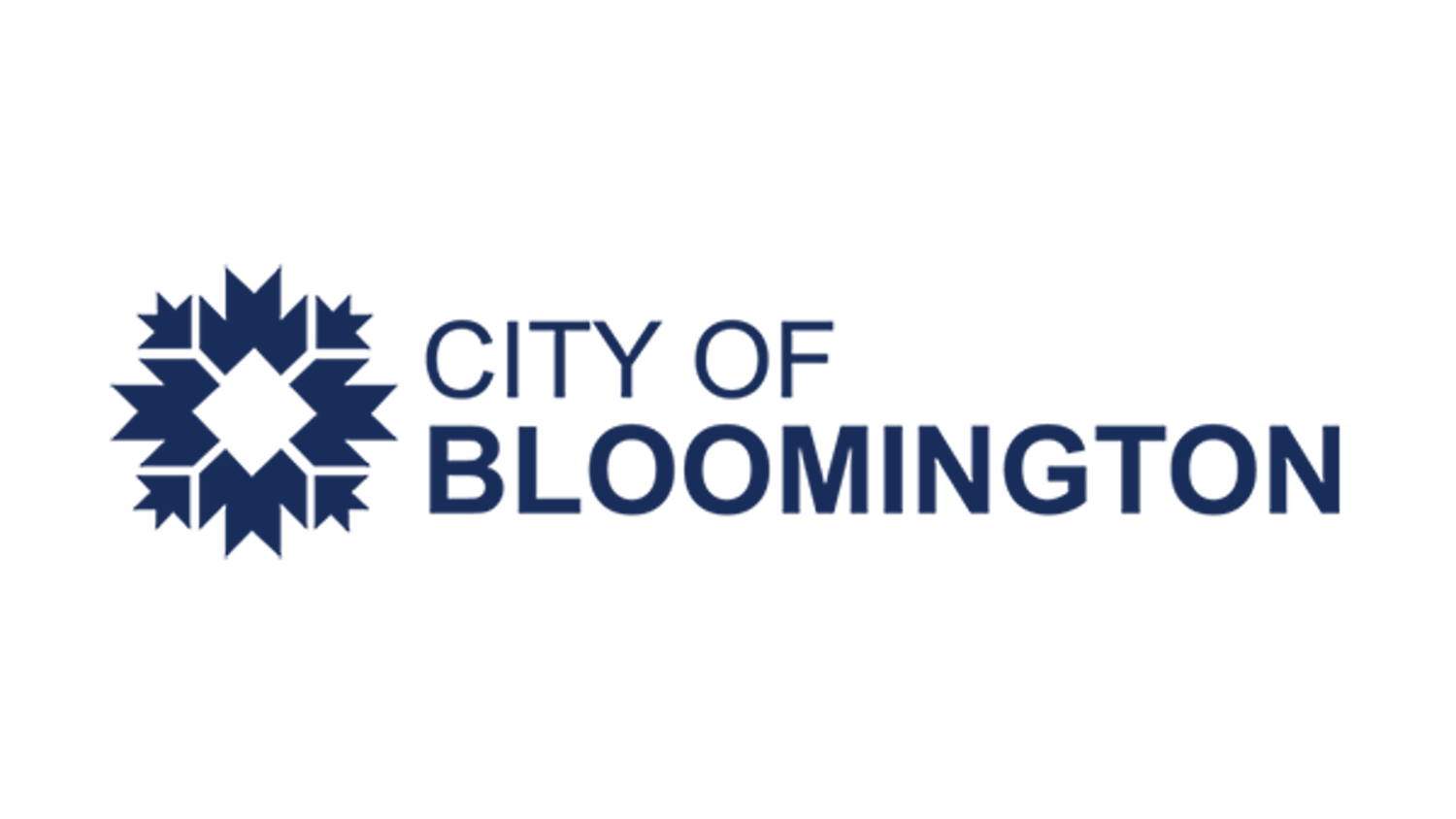With its skyscraper-like power plants and steel mills, it’s hard to miss Gary, a city known for its air pollution. However, this reputation may begin to dissipate, along with the smog that surrounds the city.
Governor Mitch Daniels announced April 30 that all 92 counties in Indiana met federal air quality standards for the first time in the state’s history.
After they were labeled as “nonattainment” areas, the Indiana Department of Environmental Management focused on Lake and Porter counties to help implement new air quality standards so they could meet the federal requirements, said Rob Elstro, public information officer for the Indiana Department of Environmental Management.
There are different levels of nonattainment that a county can be labeled, which includes minor, severe and moderate levels of nonattainment. The level of nonattainment determines the type of action necessary to alleviate that label, Elstro said.
“When an area is put into nonattainment, there are certain prescribed actions a state needs to take to show they will comply with EPA standards now and for the future,” Elstro said.
Air quality is in part measured by an eight-hour ozone exposure standard.
The EPA will look at the eight-hour average of ozone exposure over a 24-hour period and determine an appropriate ozone exposure level that is then used to determine which counties are in attainment of the ozone exposure standards, Elstro said.
In past years, the EPA looked at one-hour spikes of ozone exposure that measured its short-term effects, Elstro said.
“We’re looking more at the long-term aspects of ozone exposure as opposed to one-hour spikes,” Elstro said. “It’s more restrictive because when you’re looking at an eight-hour average, there’s more ozone exposure that’s shown than if you’re just looking at one hour.”
While ozone is advantageous as a protective layer in the atmosphere, it can be detrimental if humans are over-exposed to ozone chemicals on the Earth’s surface, School of Public and Environmental Affairs professor Philip Stevens said.
“Ozone at a lower level is a reactive molecule,” Stevens said. “If you breathe it in deeply, it can react with the lungs and inflame and swell the lower respiratory system.”
Counties throughout Indiana have implemented programs that encourage residents to only get gas and mow their lawns at night because ozone reacts with the sun to make the chemical ozone smog, Stevens said.
“Ozone is a photochemical smog,” Stevens said. “Precursors such as fuel emissions need to mix with sunlight in order to make the chemical ozone.”
Urban areas tend to have a higher concentration of poor air quality than rural areas of Indiana. In these urban areas, programs such as vehicle emissions testing need to be implemented in order to attain an appropriate level of air quality, Stevens said.
In previous years, counties around Louisville had been labeled as areas of nonattainment, but now that they have met the air quality standards, programs like vehicle emissions testing are no longer necessary, Stevens said.
“They used to have vehicle emissions testing, but it’s a costly program, and now that they have met the air quality standards it’s no longer needed,” Stevens said.
However, air quality standards can change on a yearly basis, and counties have to not only maintain proper air quality standards, but also ensure they can continue to meet air quality standards for the future, Elstro said.
Smog Watch, http://www.in.gov/apps/idem/smog, is a website set up by the IDEM that provides Indiana citizens with information about revisions to air quality standards put out by the EPA.
Currently, emissions standards require counties to have an ozone emission rate of less than 85 parts per billion over an eight-hour period, Elstro said.
The EPA is now considering a stricter quality standard that would lower the amount of permissible ozone emissions to 75 parts per billion, according to a report issued by the American Lung Association.
With this new standard, more than 600 counties nationwide would be labeled as nonattainment areas, according to a chart issued by the EPA.
However, programs implemented in the past have helped dramatically improve air quality.
The NOx Budget Trading Program was created to reduce the number of fossil fuels that are burned from power plants and other combustible sources that are considered major contributors to ozone nonattainment in the United States, according to the EPA’s website.
While programs like the NOx Budget Trading Program and vehicle emissions testing have contributed to major air quality improvements, ultimately the greatest factor in reducing emissions comes from our everyday activities, Stevens said.
“We’ll see how states respond to the new air standards,” Stevens said. “Ultimately, reductions from all parties involved are needed to improve air quality.”
Indiana air begins to clear of harmful smog
Get stories like this in your inbox
Subscribe





